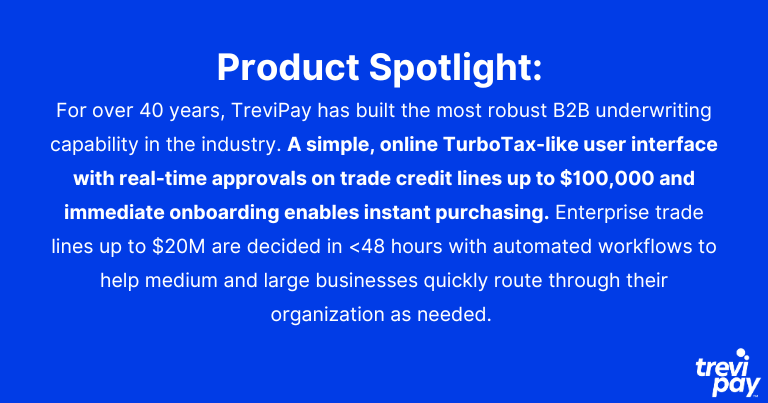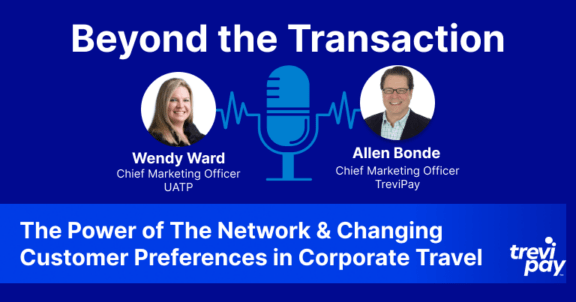Blog · Approx. 3 minute read
B2B Buyer Demands Turn Up the Heat on Sellers

Merchants Must Digitalize Payments Across Sales Channels
Rapid changes in B2B buyer expectations in the last seven years have created – and will continue to create – challenges for late adopters. Since 2004, B2B payments by paper check in the U.S. and Canada have dropped over 40 percentage points from 81% to 33% in 2022. Meanwhile, digital payments in 2022 accounted for 58% of all B2B transaction methods, up from 47% from four years earlier.
There is a reason B2B payers have been slow to adopt digital payments – their payment requirements are dictated by legacy processes. Simply adding digital payment options isn’t sufficient enough to meet buyer needs. Rather, merchants must find a way to honor processes established over 50 years ago, long before digital payments were a consideration.
B2B buyers expect sellers to offer net terms and preferred pricing in all channels, not just when working with their account manager. APIs, eCommerce plug-ins and physical and virtual card options that enable omnichannel trade credit go a long way in bridging the gap between the past and future of commercial payments.

Enabling net terms across all sales channels isn’t as easy as flipping a light switch, as any overworked credit and underwriting department will lament.
Like B2C buyers, B2B buyers expect to be able to shop inventory and pricing through marketplaces and eCommerce sites. When they make their choice, they expect the process for signing up for net terms purchasing to be fully digital and fast. Asking business buyers to download forms and wait days to weeks for approval results in missed sales.
Established business buyers also need suppliers to react quickly when they are ready to act. Procurement departments can’t afford to have new, larger orders blocked by manual, multi-day processes to increase credit lines. TreviPay’s credit management platform provides automation to quickly increase trade credit lines for known buyers.
The need for digital transformation doesn’t end with payment; better digital invoicing is also a requirement. Medium and large B2B buyers are increasingly requiring their suppliers to send electronic invoices and refuse to accept PDF invoices that need to be rekeyed. Sellers must have digital invoicing capabilities in multiple formats including cXML, XML and EDI. TreviPay goes a step further and provides portal automation via Robotic Process Automation (RPA) ensuring sellers can meet every buyer’s unique invoicing needs.
While all procurement departments are clamoring for better payments processes, enterprise business buyers are perhaps the loudest. In order to capture blue chip spend, merchants must create an environment for business buyers to conduct all business online, including building out a robust Electronic Invoicing Presentment and Payment (EIPP) portal.
TreviPay’s platform gives buyers a complete suite of self-service capabilities including invoice history, payments, dispute management and user management. Enterprise buyers can set up organizational hierarchies, sub-allocate their credit line, order purchasing cards for their team and manage individual lines.
Whether B2B sellers tackle payments innovation on their own, or with a proven partner like TreviPay, not iterating at all is not on the table. Finance departments must actively compete for digital transformation dollars and show that mastering B2B payments is more than just payment acceptance – it’s creating a payments strategy.
Stay up-to-date with the latest from TreviPay
Thank you for subscribing! You will now receive email updates from TreviPay.


